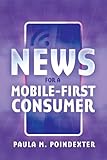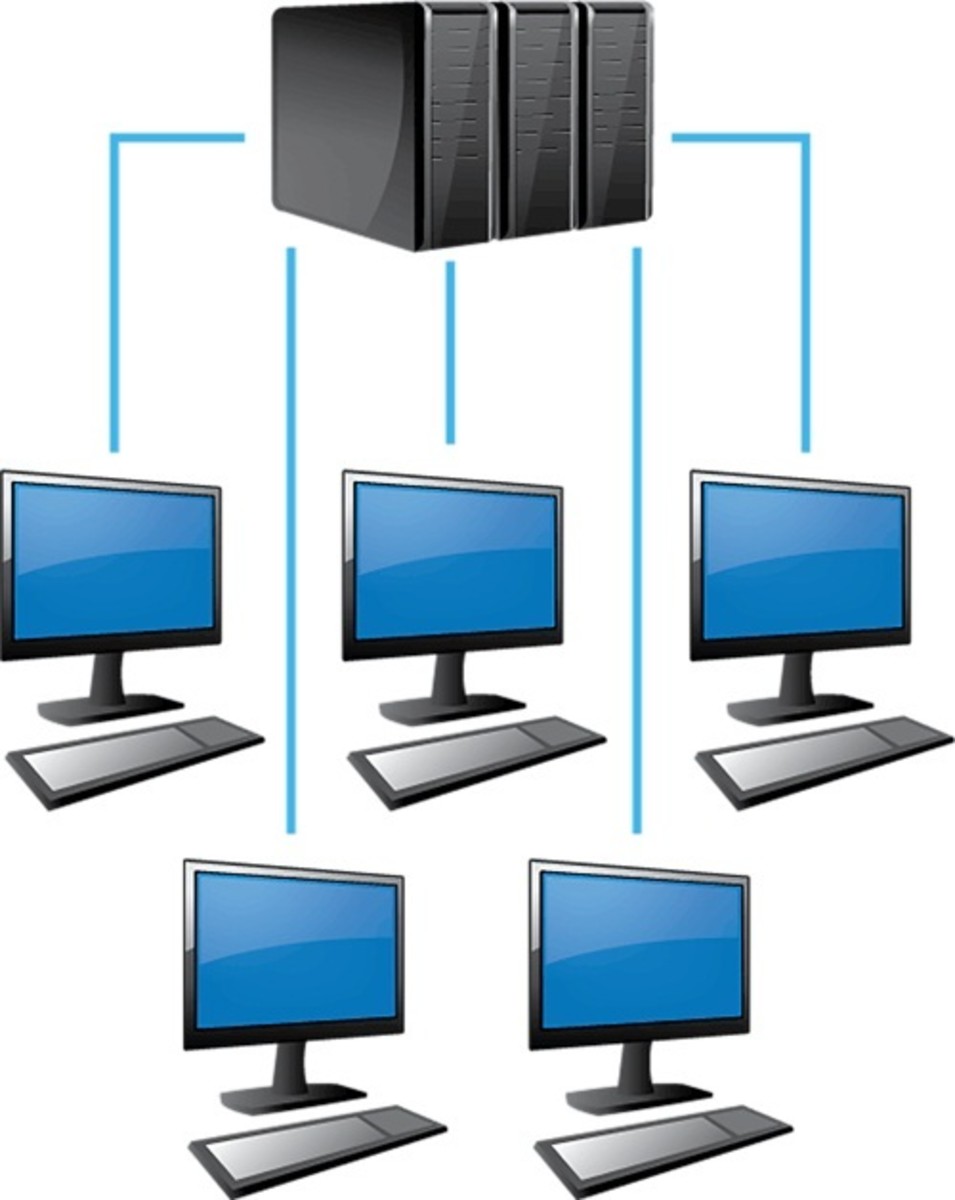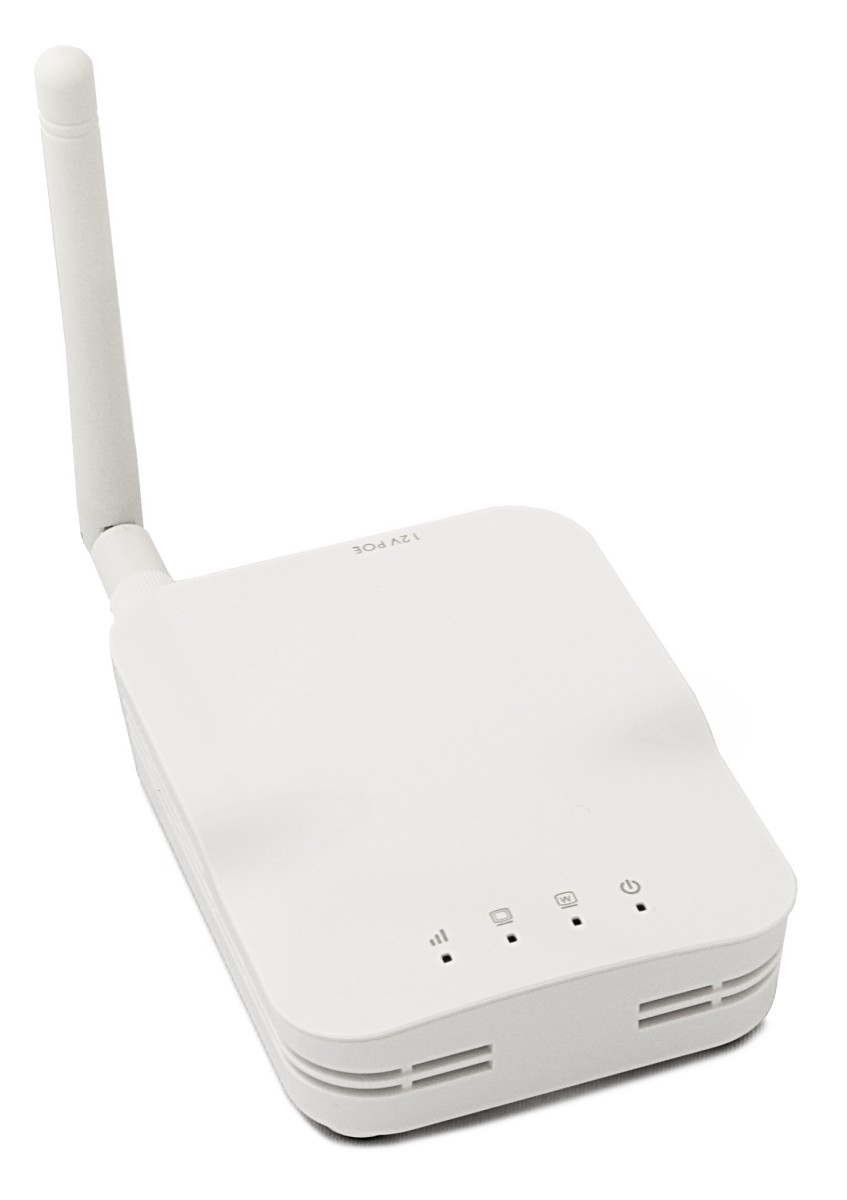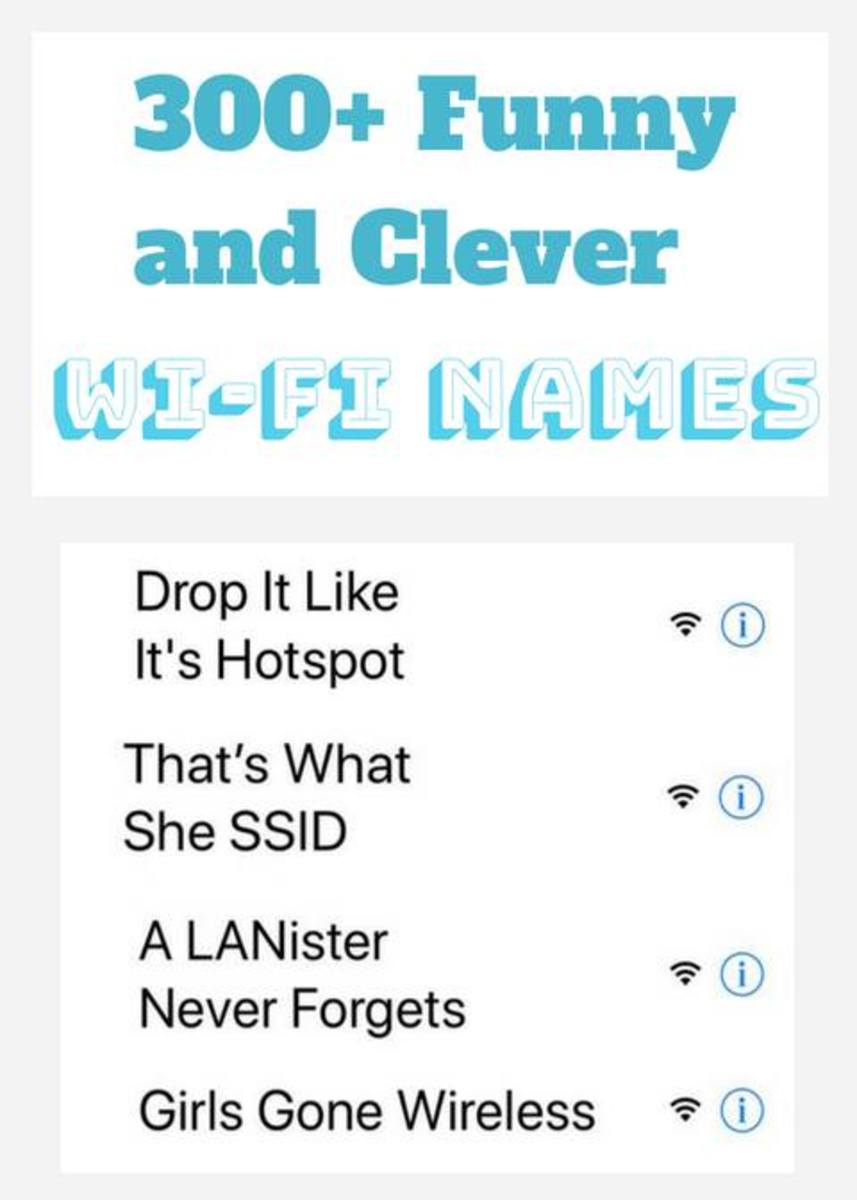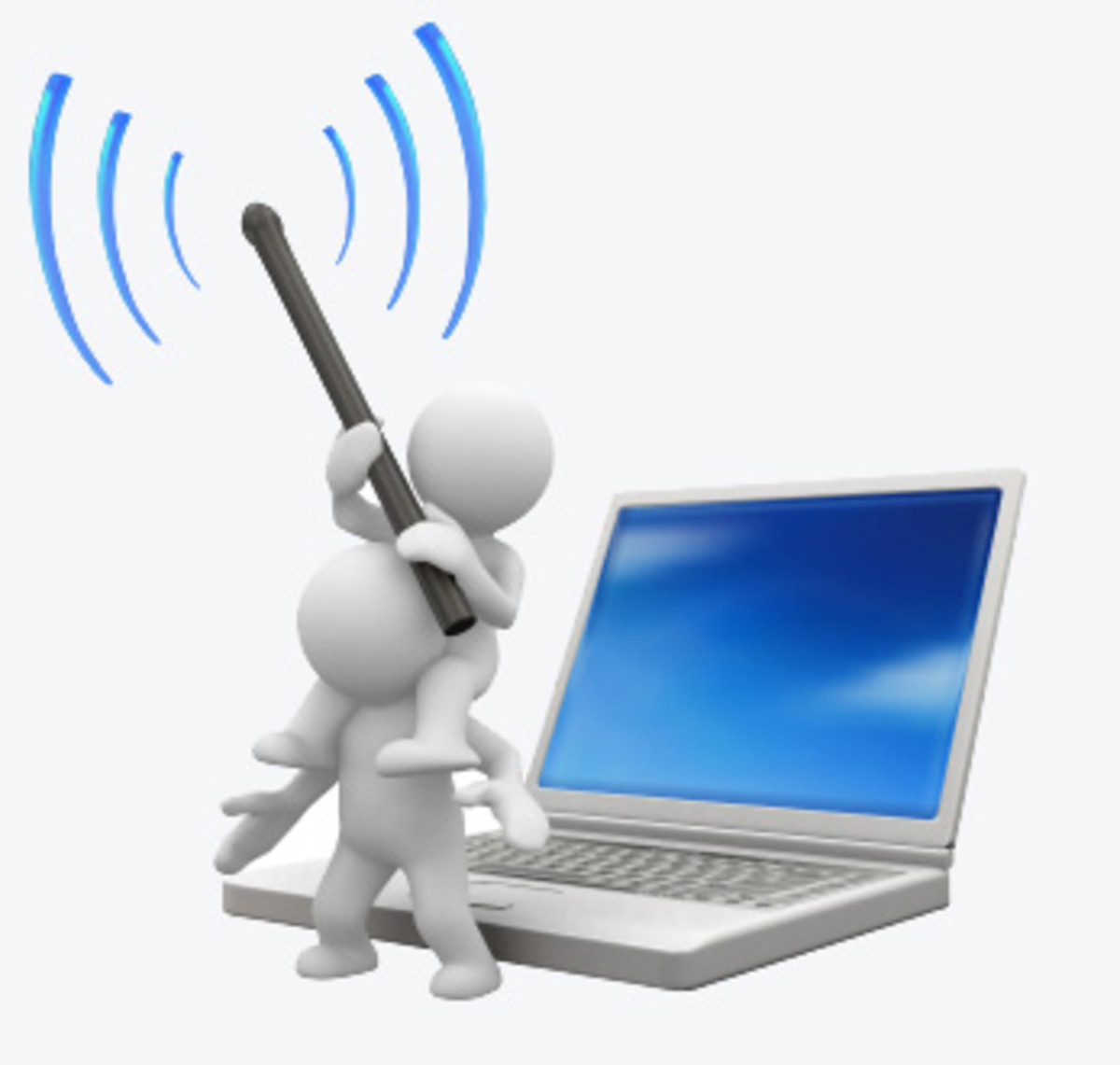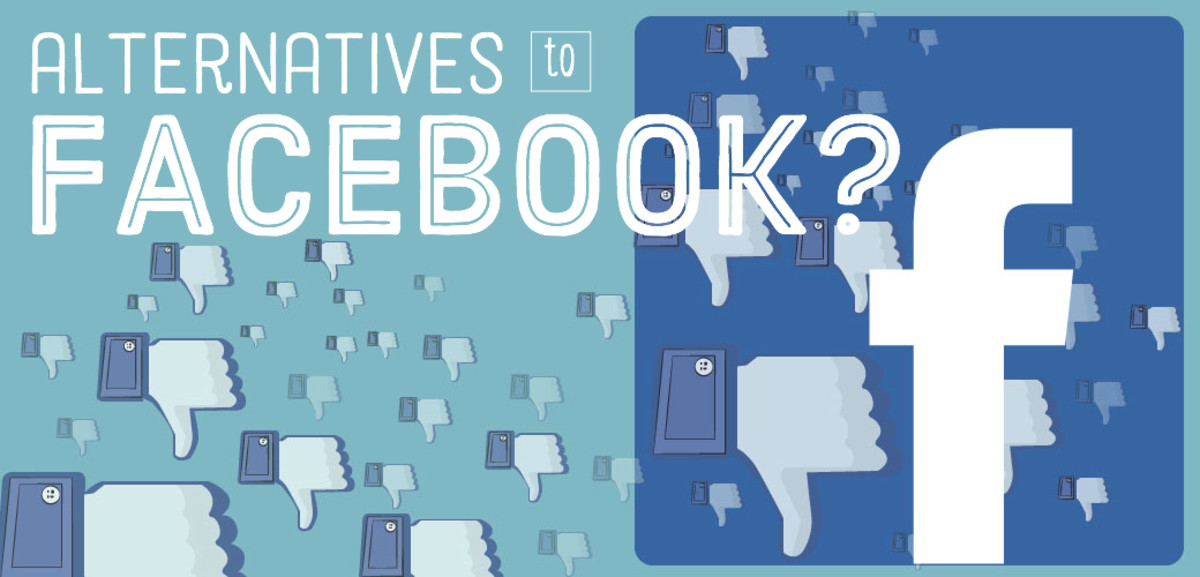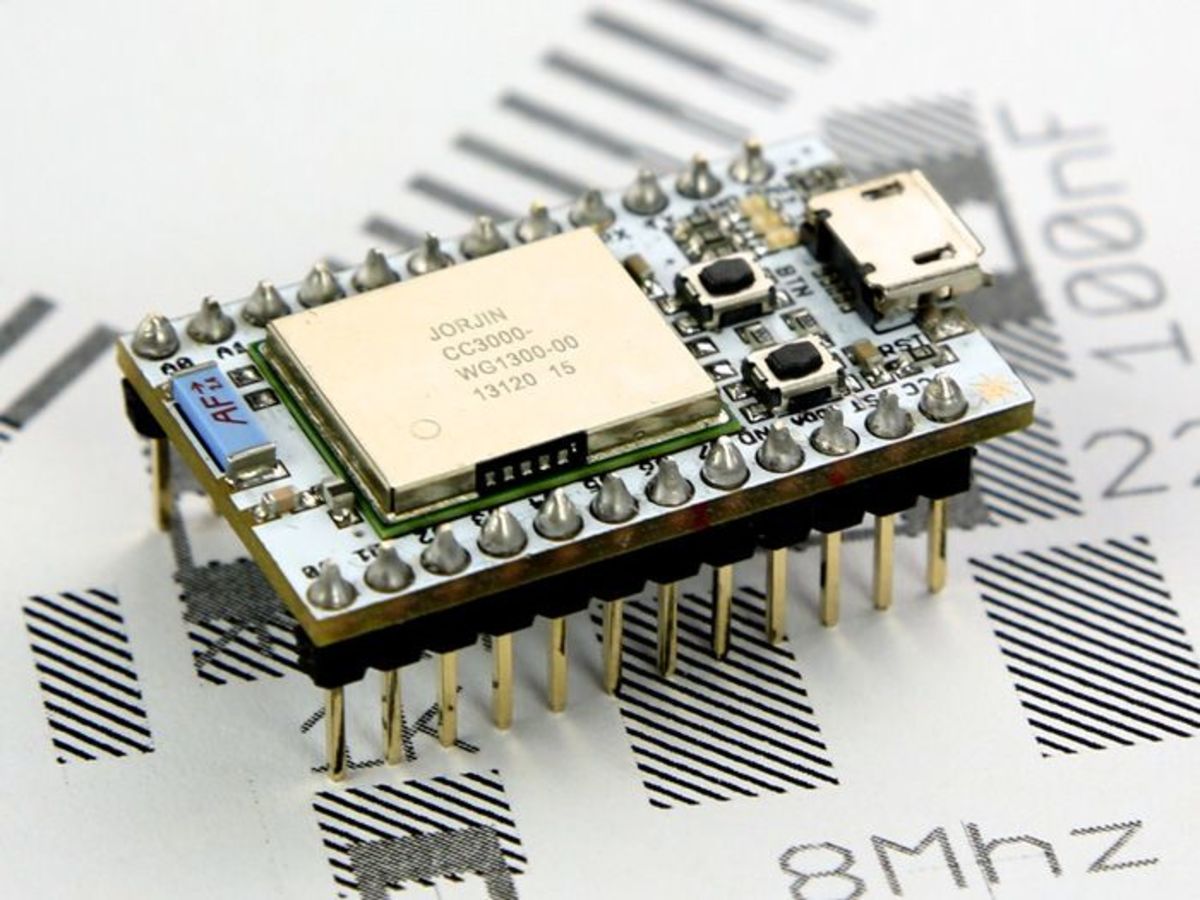Cell Phone Generations - Advantage of 3G network over 1G and 2G
Buy Nokia E75 Unlocked Phone with 3.2 MP Camera, 3G, Wi-Fi, GPS, Media Player, and 4 GB MicroSD Card--U.S. Version
In this world of latest technology, every new generation comes up with something new, different, and unique than the older generation and same is the case with 3G network that is also commonly called as third generation cell phones. In the field of communications, 3G has come up has the hottest thing not only because of its advancement from its earlier versions but also due to its benefits and advantages over 1G and 2G generations of cellular communications. The third generation is characterized by convergence of data and voice with the wireless Internet. In simple words, it can be said that 3G is a system that is suitable for high data transmissions and advanced multimedia applications. 3G networks have helped network operators in offering its users a vast range of advanced services. 3G systems use protocols that support high data rates and are targeted for applications beyond audio and voice. MP3, video conferencing, motion video, and lightening fast Internet access are some of the advantages of 3G network over 1G and 2G. NTT DoCoMo in Japan began operating 3G networks in 2001, in some parts of Asia and Europe in 2002, and in the U.S. and other countries after that. Through improved spectral efficiency, a 3G network is able to achieve greater network capacity. Also in the recent years, 3G networks are able to achieve speeds of more than 384 kbps which allows full mobility to 3G phone users traveling at a speed of 120 km/hour in outdoor settings. 3G systems are also able to achieve a maximum speed of 2 Mbps which allows 3G users with limited mobility walking less than 10 miles per hour in short-range indoors or stationary environments.
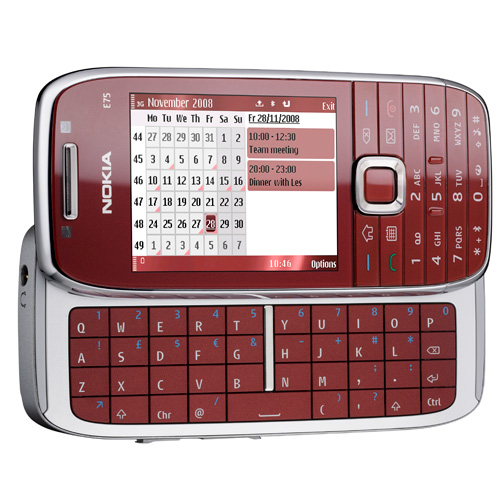
Also, 3G services consist of video calls, broadband wireless, and wide area voice telephony all in a mobile setting.
In relation to predictions about the number of users that 3G could accommodate, The Yankee Group anticipated in 2001, that in 2004, there will be more than 1,150 million worldwide compared with 700 million in 2000 but it is interesting to note that the users are much more than that were estimated.
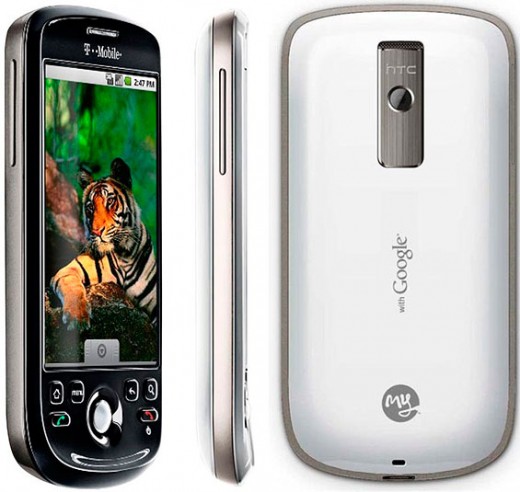
Japan Next Generation Wireless Mobile Network 2008–2012 Forecast and First Half 2008 Analysis
First generation phones (1G network)
The 1G mobile telephony made its debut in 1979 and was characterized by analog and was used mainly for voice data transmission. Quality of 1G was very low and also it had low speed connections.
As 1G was based on Frequency Division Multiple Access (FDMA) for transfer between cells, it was very vague and had a low capacity. Also, there was no security.
The predominant technology of first generation was Advanced Mobile Phone System or AMPS.
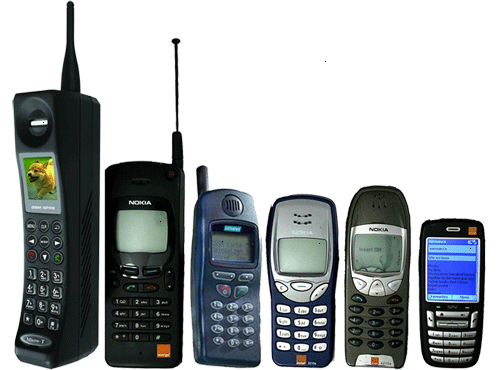
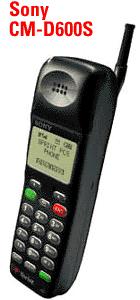
Leave 2G, Buy BlackBerry Bold 9000 Unlocked Phone with 2 MP Camera, 3G, Wi-Fi, GPS, and MicroSD Slot--International Version with Warranty (Black)
Second generation phones (2G network)
The 2G or second generation phones arrived until 1990 and unlike the first were characterized by being digital. 2G networks began the use of sophisticated encryption protocols important for security aspects.
This protocol is also used in some current cellular systems. The predominant technologies of second generation were Global System for Mobile Communications or GSM, TIA/EIA136 or ANSI-136 (also known as IS-136) and Code Division Multiple Access or CDMA and Personal Digital Communications or PDC, the latter was used in Japan.
The protocols used in 2G networks supported higher data rates for voice but limited data communication. 2Gs were able to provide ancillary services like fax, data, and SMS or Short Message Service.
Most 2G protocols were offering different levels of encryption. In America and other western countries, 2G is commonly known as PCS or Personal Communication Services.
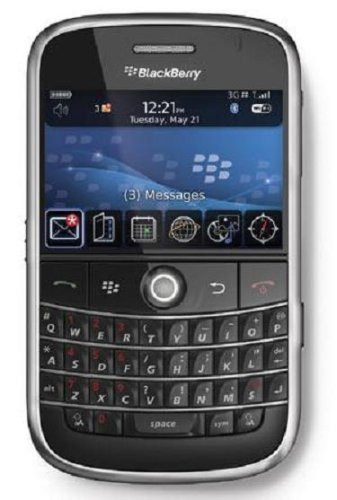
Hence it is proved that in the generations of
cell phones, advantage of 3G network is much more over 1G and 2G and that is
why a large number of capital has been invested in wireless technology and 3G
is the reason why manufacturers of information technology companies are
investing in this market. There are many telecommunications service providers
around the globe who have invested their money in 3G. Another advantage of 3G
is that it is capable of HSPA data transmission through which it is able to
deliver speeds up to 5.8 Mbit/s on uplink and 14.4 Mbit/s on downlink so what are you waiting for, go ahead and buy your 3G phone.


